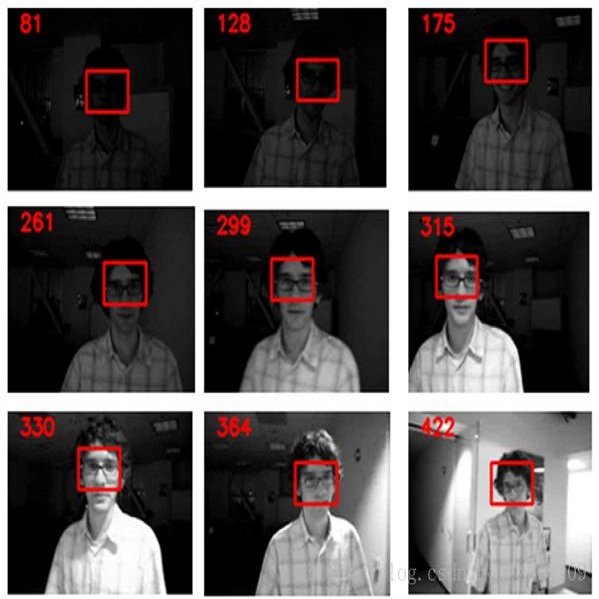Recently, most siamese network based trackers locate targets via object classification and bounding-box regression. Generally, they select the bounding-box with maximum classification confidence as the final prediction. This strategy may miss the right result due to the accuracy misalignment between classification and regression. In this paper, we propose a novel siamese tracking algorithm called SiamRCR, addressing this problem with a simple, light and effective solution. It builds reciprocal links between classification and regression branches, which can dynamically re-weight their losses for each positive sample. In addition, we add a localization branch to predict the localization accuracy, so that it can work as the replacement of the regression assistance link during inference. This branch makes the training and inference more consistent. Extensive experimental results demonstrate the effectiveness of SiamRCR and its superiority over the state-of-the-art competitors on GOT-10k, LaSOT, TrackingNet, OTB-2015, VOT-2018 and VOT-2019. Moreover, our SiamRCR runs at 65 FPS, far above the real-time requirement.
翻译:最近,大多数以性别网络为基础的跟踪器通过对象分类和捆绑框回归定位目标。 一般来说, 它们选择了以最大分类信任度为最终预测的捆绑框。 由于分类和回归之间的精确性不匹配, 此项策略可能会错失正确结果。 在本文中, 我们提出一个新的 SiamRCR 跟踪算法, 以简单、 光和有效的解决办法解决这个问题。 它在分类和回归分支之间建立了对等联系, 从而可以动态地对每个正样的损耗进行重估。 此外, 我们添加了一个本地化分支来预测本地化的准确性, 从而可以在推断过程中取代回归援助链接。 这个分支使得培训和推论更加一致。 广泛的实验结果表明, SiamRCR 及其优于TON- 10k、 LaSOT、 TrackNet、 OTB-2015、 VOT-2018 和 VOT-2019 。 此外, 我们的SiamRCR 运行于65 FPS, 远高于实时要求 。




